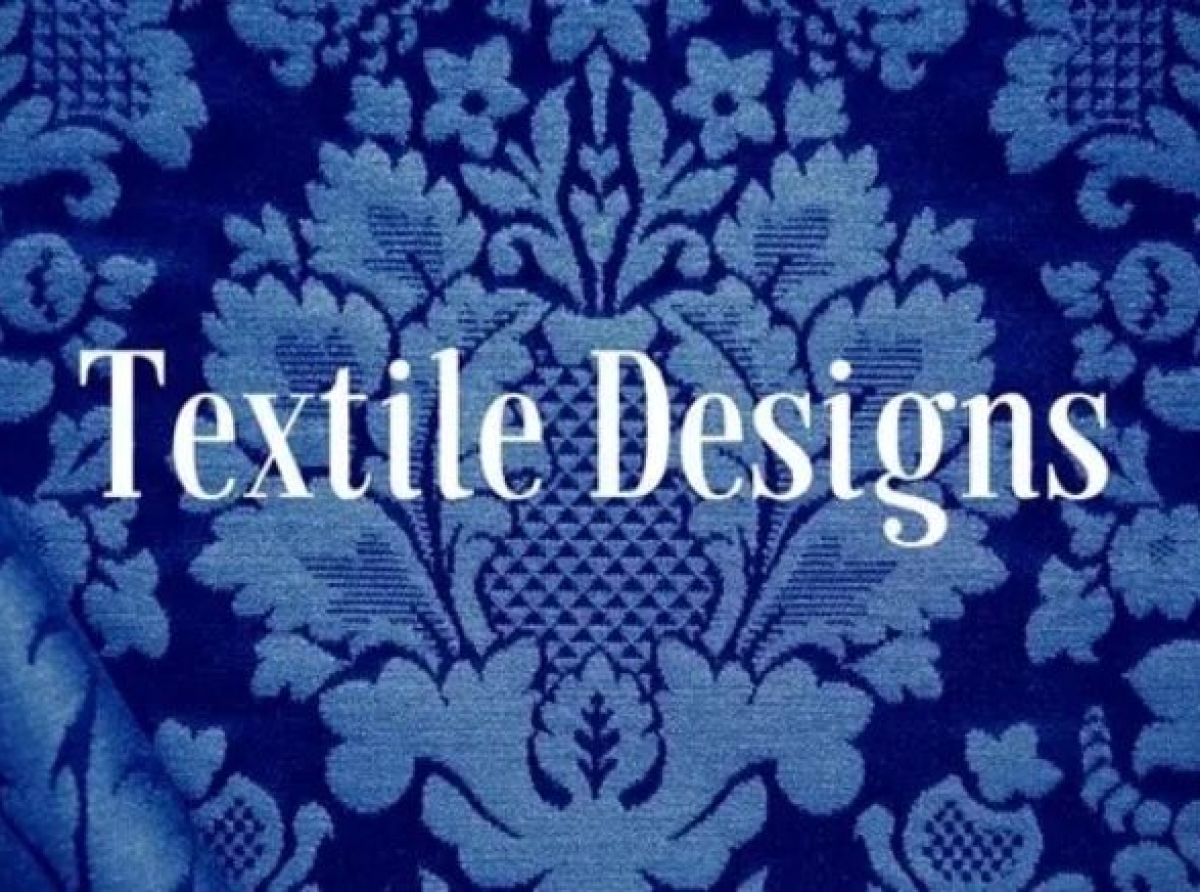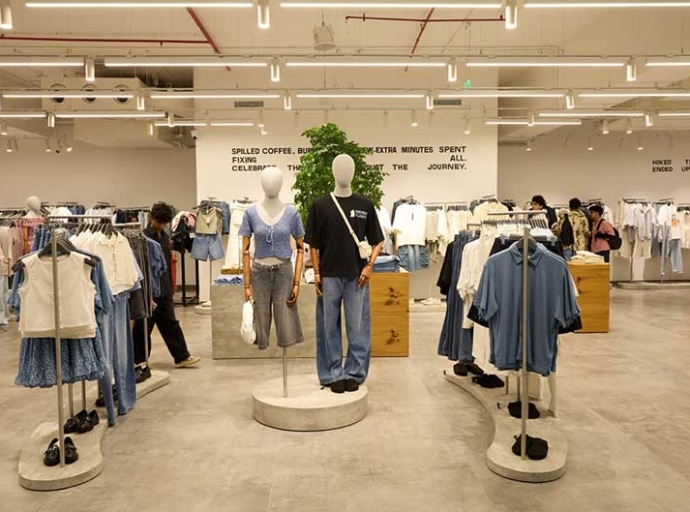26 December 2022, Mumbai
One of the most enduring and practical aspects of decorative arts is the creation of beautiful designs on cloth. The use of attractively designed fabrics has become commonplace. The art of designing textiles for knitting, woven, and non-woven fabrics are known as textile design.
Fabric decorations are also a part of it. Making designs for cloth for household items like towels, rugs, etc., is what this process entails. Fabrics are woven or knitted, then printed to add decoration.
Surface design and fabric structure design are both elements of textile design. It is necessary to have a solid understanding of fibers, weaving, knitting, dyeing, and other finishing operations. Beautiful colors, designs, and patterns abound in the fantastic world of textile design.
The various spheres of designs
The process of producing a remarkable design, however, is more complex and demanding. An in-depth understanding of the many components of textile production, consumer expectations, and modern trends is essential.
The three talents that are fundamentally necessary for textile design are creativity, selecting the proper color palette, and repetition. It is profitable as well as challenging. The textile designer first conjures up the design, which is eventually turned into woven or printed textiles.
The development of the designing process benefits from the designer's in-depth knowledge of the technical aspects of fibers, dyes, and yarns. In the beginning, patterns were drawn on specialized graph paper.
However, with the development of technology, CAD software is now employed for the same purpose. A virtual fabric is constructed using electronically created weaves and designs of every kind.
Once the designer is content, the necessary data is gathered by specifications to translate the virtual design into tangible form. Nowadays, CAD technology is used in every power loom business sector.
Numerous industries might use the program, including the knitting industry, carpets, and blankets. Interior design for home furnishings, textiles for apparel, and other textile goods can be done using fabrics. Before a few years ago, there was no such thing as a career in textile design.
The expanding demand for textiles and textile products drives career choices in this sector. Creativity, technical know-how, research, data handling skills, and commercial understanding of the textile business are necessary for a successful career in textile design. The position requires a good balance of technical knowledge and creative thinking.
The uniqueness of the textile design industry
How does textile design differ from fashion design given the demands placed on designers, including creativity, the ability to use the proper color combinations, staying up to date with fashion, and being fashion-savvy? Both are naturally fiercely competitive, dependent on one another, and tightly related.
Comparatively speaking, fashion design is more glamorous than textile design. Therefore, despite all its advantages, the field needs to be better liked. Every section has a specific specialty. One necessary means of self-expression is fashion.
Given the wide range of textiles, textile design is becoming increasingly popular. One of a textile's primary characteristics is its design element, and textile design is where it all starts.
Latest Publications


































